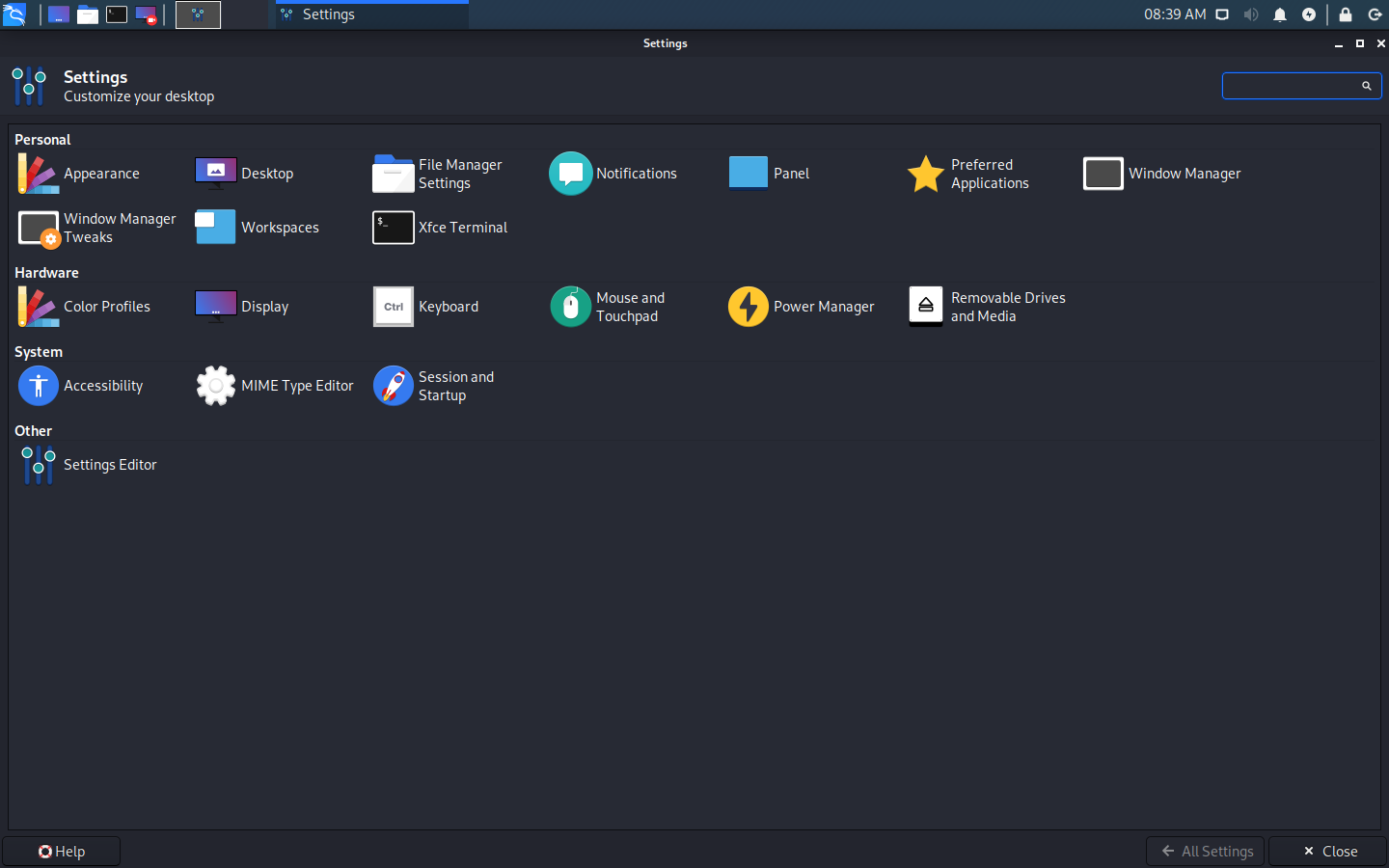
- Kali linux how to install github repo update#
- Kali linux how to install github repo upgrade#
- Kali linux how to install github repo code#
- Kali linux how to install github repo iso#
W: GPG error: sana Release: The following signatures were invalid: KEYEXPIRED 1425567400 KEYEXPIRED 1425567400 KEYEXPIRED 1425567400

W: GPG error: sana/updates Release: The following signatures were invalid: KEYEXPIRED 1425567400 KEYEXPIRED 1425567400 KEYEXPIRED 1425567400 W: There is no public key available for the following key IDs:
Kali linux how to install github repo code#
var/cache/apt/archives/kali-menu_2.3_all.debĮ: Sub-process /usr/bin/dpkg returned an error code m also getting this error:Į: Sub-process /usr/bin/dpkg returned an error code GPG error: kali-bleeding-edge Release: The following signatures were invalid: KEYEXPIRED 1425567400 KEYEXPIRED 1425567400 KEYEXPIRED 1425567400 Trying to overwrite ‘/usr/share/icons/hicolor/48×48/apps/wireshark.png’, which is also in package wireshark 1.10.2-1~bpo70+1ĭpkg-deb: error: subprocess paste was killed by signal (Broken pipe)Įrrors were encountered while processing: Preparing to replace kali-menu 1.371.1 (using …/archives/kali-menu_2.3_all.deb) …ĭpkg: error processing /var/cache/apt/archives/kali-menu_2.3_all.deb (–unpack): (Reading database … 325998 files and directories currently installed.)
Kali linux how to install github repo upgrade#
I get an error when i upgrade kali 1.1.0 from 2.0.ġ upgraded, 0 newly installed, 0 to remove and 1372 not upgraded.Īfter this operation, 4,820 kB of additional disk space will be used. If I have made a mistake, please correct me.
Kali linux how to install github repo iso#
You can build your own custom updated ISO by following these instructions and keep using that offline. Kali updates are quite big and takes a lot of time to download and their DVD ISO’s are not very up to date. If you must, (despite warning many users will be tempted), do try it in a VirtualBox/VMWare first and take snapshots so that you can roll back. If you must add additional repositories, drop a new sources file in /etc/apt// instead. Don’t add kali-dev, kali-rolling or any other Kali repositories unless you have a specific reason to – which usually, you won’t.
Kali linux how to install github repo update#
# Regular repositoriesĭeb-src sana/updates main contrib non-free Clean your apt-get apt-get clean Do an apt-get update apt-get update Do an upgrade apt-get upgrade Finally do a distribution upgrade apt-get dist-upgradeĭespite what many unofficial guides instruct you to do, avoid adding extra repositories to your sources.list files.

I’ve kept these for historical purpose only, these repo’s worked on Kali 1.x (2013 – 2015). OLD Instructions (Kali 1.0 – does not work anymore) Retired Kali moto (1.0) Repositoriesįor access to the retired moto repositories, have the following entries in your sources.list: deb moto main non-free contrib Retired Kali Sana (Kali 2.0) Repositoriesįor access to the retired Kali Sana or Kali 2.0 repositories, have the following entries in your sources.list: deb sana main non-free contrib Kali Rolling users are expected to have the following entries in their sources.list: deb kali-rolling main contrib non-freeĭeb-src kali-rolling main contrib non-free

Kali-Rolling is the current active repository since the release of Kali 2016.2. Following repo list was taken from official Kali sources.list Repositories page: The Kali Rolling Repository
:max_bytes(150000):strip_icc()/git-directory-list-3c1583cc36bc4380891993e6055e1893.jpg)
The easiest way is to edit the /etc/apt/sources.list vi leafpad /etc/apt/sources.list Add official repo’s only:Ĭopy paste the following repositories (remove existing lines or you can comment them out – your take). The following post aims to clarify what repositories should exist in sources.list, and when they should be used.Īny additional repositories added to the Kali sources.list file will most likely BREAK YOUR KALI LINUX INSTALL. The single most common causes of a broken Kali Linux installation are following unofficial advice, and particularly arbitrarily populating the system’s sources.list file with unofficial repositories. Kali 1.x, Kali 2.0/Kali Sana and Kali Rolling. This is a small guide on how to add official Kali Linux Repositories – I’ve updated it to include all versions of Kali Linux till date i.e.


 0 kommentar(er)
0 kommentar(er)
